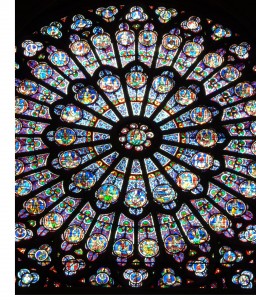THURSDAY, 28 APRIL 2011
 The phenomenon of plasmonics has generally been studied in nanostructures at the interfaces between a noble metal and a dialectric. A plasmon is a density wave of electrons, created under certain conditions when light hits a surface. By directing an electromagnetic field at the interface between gold and glass for instance, electronic surface waves can be created that resonate across the surface like ripples on a pond. When the oscillation frequency between the plasmons in this wave and the incident photons matches, localised surface plasmon resonance can be achieved.
The phenomenon of plasmonics has generally been studied in nanostructures at the interfaces between a noble metal and a dialectric. A plasmon is a density wave of electrons, created under certain conditions when light hits a surface. By directing an electromagnetic field at the interface between gold and glass for instance, electronic surface waves can be created that resonate across the surface like ripples on a pond. When the oscillation frequency between the plasmons in this wave and the incident photons matches, localised surface plasmon resonance can be achieved.While this process was thought to require a metal nanostructure, in which conduction electrons were not strongly bound to individual atoms, scientists at the Lawrence Berkeley National Laboratory have expanded the range of plasmonic materials to include semiconductors by demonstrating LSPR in copper sulphide doped quantum dots [1].
By controlling the concentration of free charge carriers in a semiconductor, the frequency and intensity of LSPRs can be dynamically tuned. The researchers envisage their quantum dot plasmonics being used in quantum communication and computation devises that could send information at nearly the speed of light [2].
Written by Robert Jones
